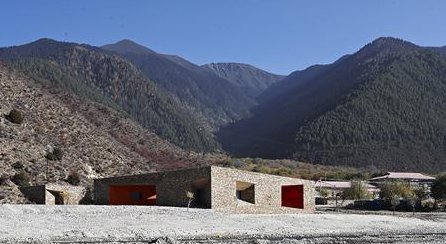Sew La Ti Embroidery [Search results for interior]
Room Interior in the Japanese Style

Integral House [Toronto, Canada]
New Vintage Interior of Parisian Shop
Mobile Interior by Creneau International
Fashionable brand Hermès has created design for Smart
Unusual Loft of the Swedish Artist

North America: Archaeologists call on feds to protect Chaco Canyon area

Design yacht
New Emerald Paint

Hotel for visitors from the future
The Bar Interiors
Heritage: Bulgarian police seize rare classical Greek vase

The German Interior

Night Club MUSEE [Madrid]
![Night Club MUSEE [Madrid]](https://blogger.googleusercontent.com/img/b/R29vZ2xl/AVvXsEjnyQCTGQ8gRaFrZ8pK4wTLKFtdeDcdi2buQI2EAAqdJsqt-BuSLFBnD-TrydaKSdR9y53a0Xsj_UBaO8jZHfsncyQgLz4NuNMMLptpvtjEjJ3rO2QNV5klK9YgDNow6UsRQWEKOW40mgQ/s640/Night-Club.jpg)
The house of the Italian photographer
Interior on service at knowledge
Rising of the New Moon
The Final Results of Miss Paraguay 2011

The Bulldogs (based on an underground comic-book)

The centre for visitors on the bank of the mountain river

![Integral House [Toronto, Canada]](https://blogger.googleusercontent.com/img/b/R29vZ2xl/AVvXsEiHE3InZw3ZnbGl1KnrD1RYlTTaEpIqiWsz9pPxy5tYW5chIG5F9Mbdx-vdGUaLyJ_cuRjOEZLJ-2a_EJsOl_asz1bJ7tn2j8jmQUiJwtGrfyAtvfV1IrO4HWnbXCtVyYRwPMHIFqoJfbU/)









